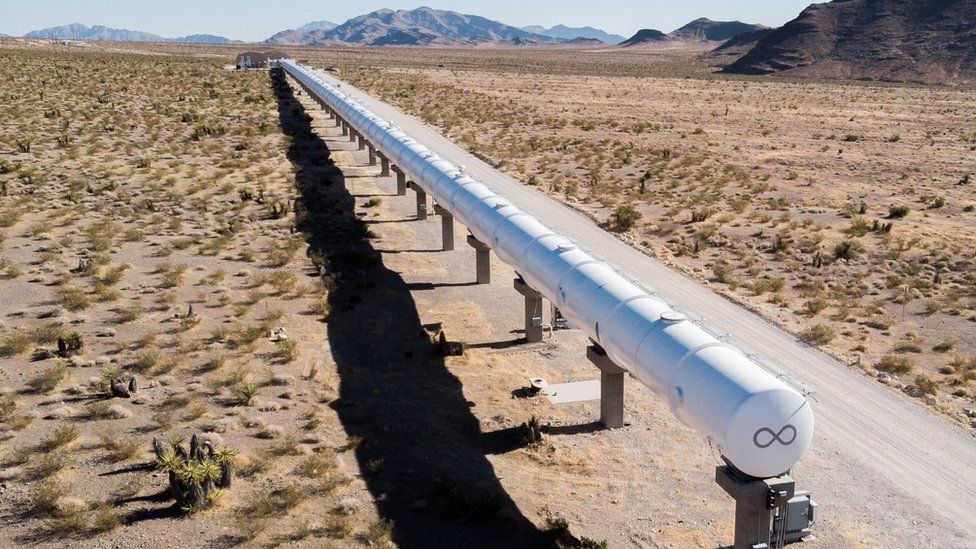How The Virgin Hyperloop Could One Day Change The Way We Travel
Despite most of the headlines this year chronicling its groundbreaking foray into the commercial space travel industry, Virgin has been up to far more than just shooting its eccentric billionaire owner into outer space. One of its most prominent subsidiaries, transportation company Virgin Hyperloop, has been working on a project equally exciting and, unlike the work of Virgin Galactic, it might actually be accessible for us folk that aren’t swimming in thousands of expendable cash.
The company was founded in 2014 and has been working on developing a high-speed rail transport system that will hopefully revolutionise the way we travel. Last week, Virgin Hyperloop released a new concept video, breaking down the details of how their product of the same name will one day zoom passengers from city to city at absolutely staggering speeds. The video details that passengers will settle into ‘train-car’ like battery-powered pods, big enough to fit around 28 people, which will whip them along rail-tracks inside sealed tubes at speeds of up to 670 mph (over triple the speed of the famous Shinkansen, the Japanese bullet train). For a bit of context, that speed would in theory allow one to travel from Los Angeles to San Fransisco in just 45 minutes (around half the time it would take via domestic aircraft), allowing passengers to shave minutes, even potentially hours off their time in transit when travelling between cities. The pods are designed to travel in convoys, but will be fully able to split and travel independently, allowing each pod to head to its own destination. The near-vacuum tubes all but eliminate drag which will make pods be incredibly aerodynamic and enable them to safely hit speeds not yet possible under the current technology.
The tech was put into action on a small scale last November, when a pair of Virgin employees boarded a test drive, reaching a comparatively modest speed of 100mph along a short 500m track (a length which Virgin explained prevented the pod from reaching a speed close to its full potential). However, don’t get too excited just yet, as Virgin Hyperloop are playing very coy as to when the game-changing technology might become a logistical possibility on a larger scale, admitting it might be several decades before we see the ambitious concept become fully realised. Still, if they can figure out how to get their 71-year-old boss safely up and down from space, there’s reason to be optimistic that Virgin has the personnel to get an incredible project like this going one day.
Top image courtesy of Virgin Hyperloop.









